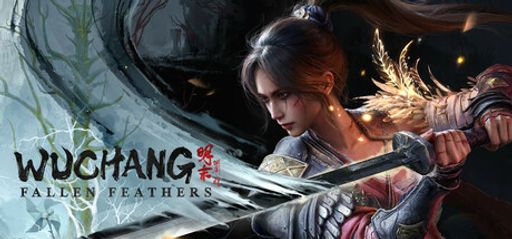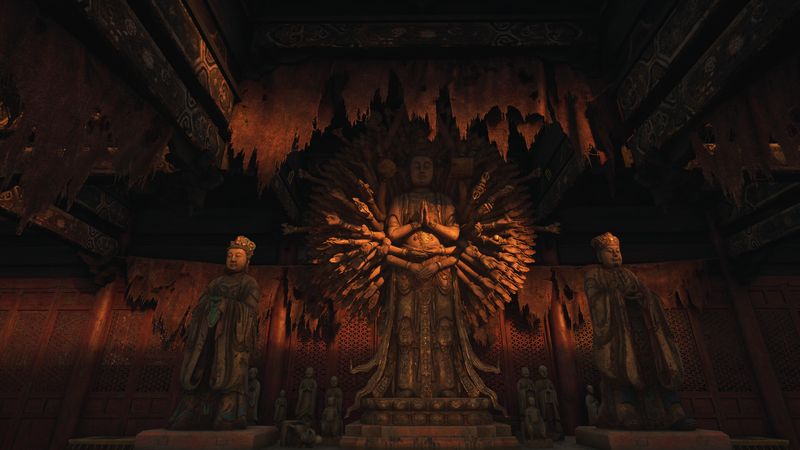
Overall Impressions
When I first loaded the game, I was struck by its setting: the late Ming Dynasty, torn by civil war and a creeping plague that spawns grotesque beasts. Its attempt to merge soulslike combat with deep Chinese lore stood out in a crowded field. Yet ambition alone can’t carry a game. Performance hurdles and pacing issues keep it from the top tier. Still, there are moments of genuine tension and satisfaction—especially in boss battles—that remind me why I chase split-second improvements in my speedruns.
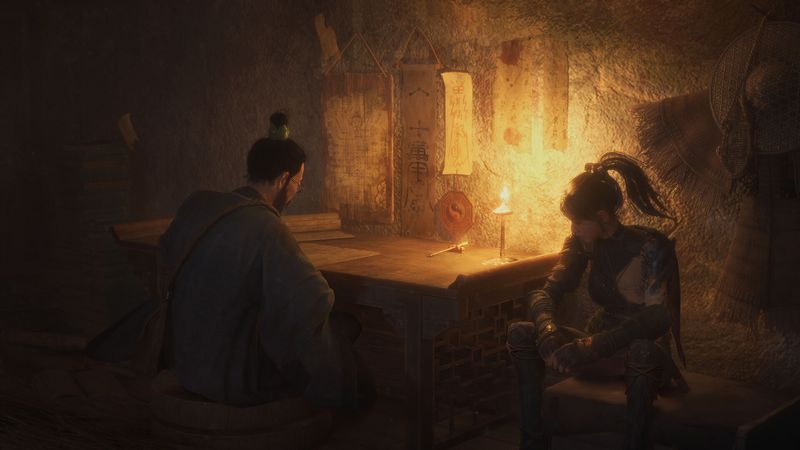
Gameplay Mechanics
At its core, the game relies on a stamina-driven combat system with parries, dodges, and charged heavy attacks. Each weapon feels distinct: a straight sword slices quickly but lacks reach, while a heavy guandao swings slowly and demands patience. My favorite trick is using invulnerability frames on a backward roll, then countering with a side-step strike. Boss fights, praised by many players, can be thrilling when the camera holds steady. Sadly, performance dips—often dropping below 30 fps on my midrange PC—undermine the tight timing. Forced upscaling at 50 percent adds muddy visuals and input lag that break my rhythm.
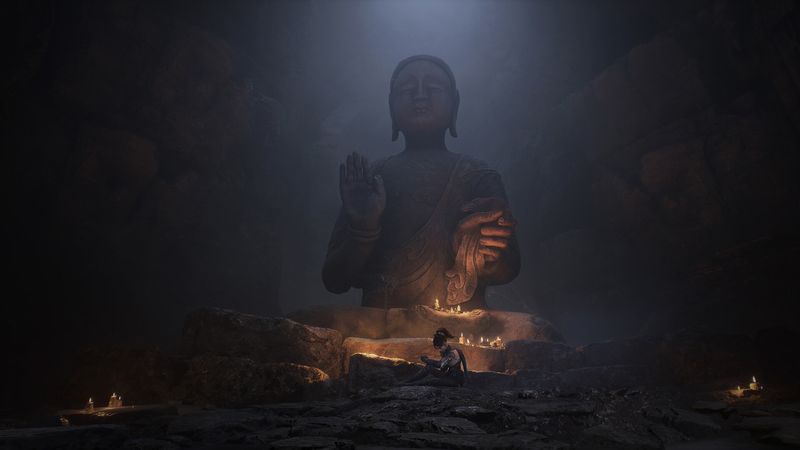
Story and Characters
Leenzee’s devotion to detail shows in battlefield camps and decrepit temples. The hero is a wandering martial artist seeking the source of the “Black Lotus Plague.” Along the way, I met a disgraced general with shifting loyalty and a scholar whose notes reveal the plague’s origin. These characters never feel like quest givers; side missions explore their regrets and ambitions. Yet pacing falters. Long stretches of farming slow the story, and repeated NPC dialogue becomes background noise.
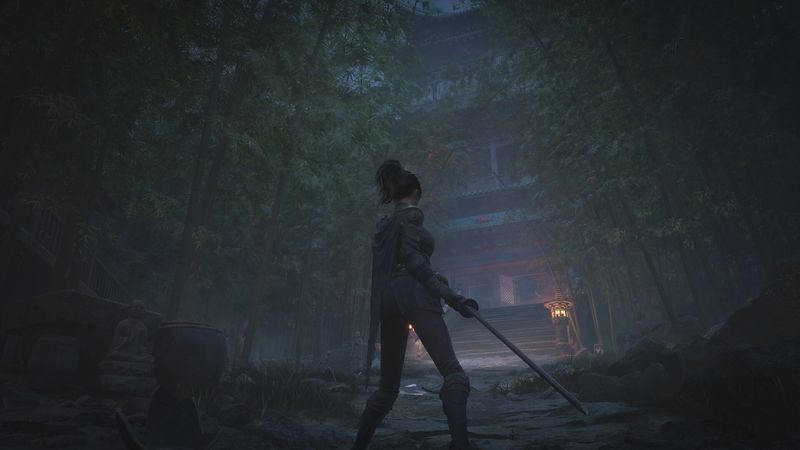
Visuals and Graphics
The artistic vision is striking—hand-drawn armor textures, moss-covered shrines, and ink-wash effects on special moves. Time flows from night to dawn, bathing the land in golden mist. Yet Unreal Engine 5 isn’t fully harnessed. Frame stutters appear during particle-heavy scenes, and bosses with minions cause drops. Players online call it “another unstable UE5 title,” and I agree. Expect jagged shadows or texture pop-ins unless you lower settings. The gap between art direction and technical polish is stark.
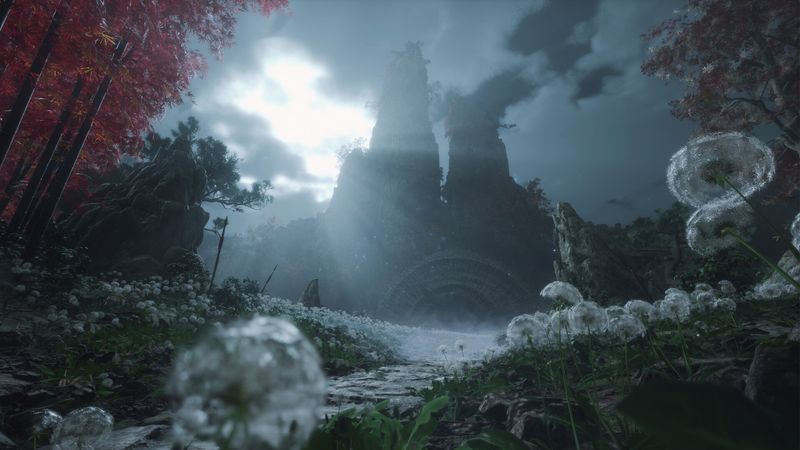
Sound and Music
Composer Li Wei crafts a haunting mix of bamboo flutes, deep drums, and guqin strings. Tracks fit each moment, from tense boss arenas to quiet abandoned villages. Sound effects carry weight—sword clashes and monster roars land with impact. Voice acting is mostly Mandarin with subtitles, and while earnest, some lines feel oddly delivered. Even so, the main theme stuck with me after I logged off. Subtle ambient sounds also helped me sense enemies in thick fog.
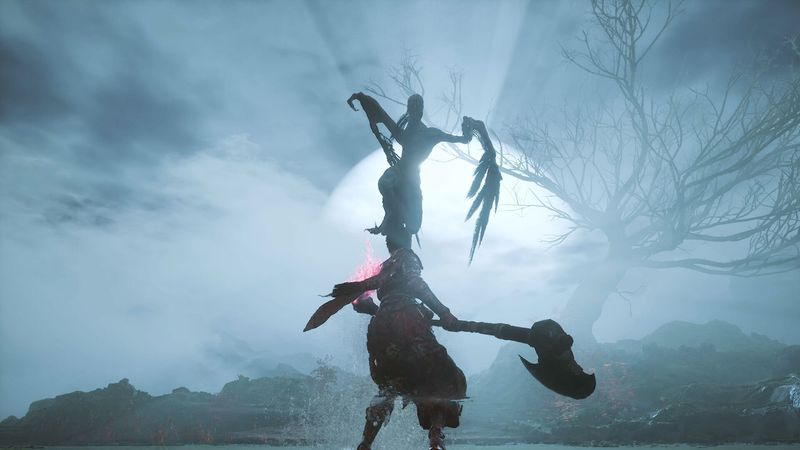
Difficulty and Replayability
Wuchang: Fallen Feathers sits at the challenging end of the spectrum—on par with established soulslikes but forgiving enough for players new to the genre. I died countless times to the first major boss, learning its tells in each failed attempt. Once I mastered the timing of a charged parry, the fight became a speedrun highlight: a 45-second victory that still gives me goosebumps. For streamers and record chasers, the game’s modular level design lets you skip entire regions with precise platforming and exploited enemy paths. That said, once you clear the story and chase the 100% item list, incentives to return are modest: a handful of secret techniques and an optional final boss reside in a shadow realm unlocked only after a full clear.
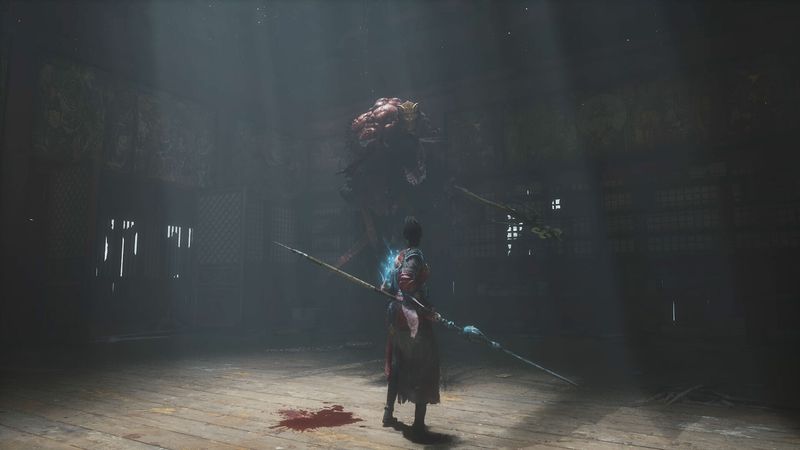
Trivia & Behind the Scenes
Leenzee began as a modding team inspired by Dark Souls and ancient Chinese legends. During development, they consulted Ming Dynasty historians and martial arts experts to ensure authenticity in armor design and fighting stances. A surprise day-one patch addressed minor hitbox errors in the early builds, but more sweeping optimization fixes are slated for the Autumn Update. Rumor has it the team will add an optional “speedrun mode” with timer displays and streamlined load zones in a future update—an inclusion I’ll await eagerly.
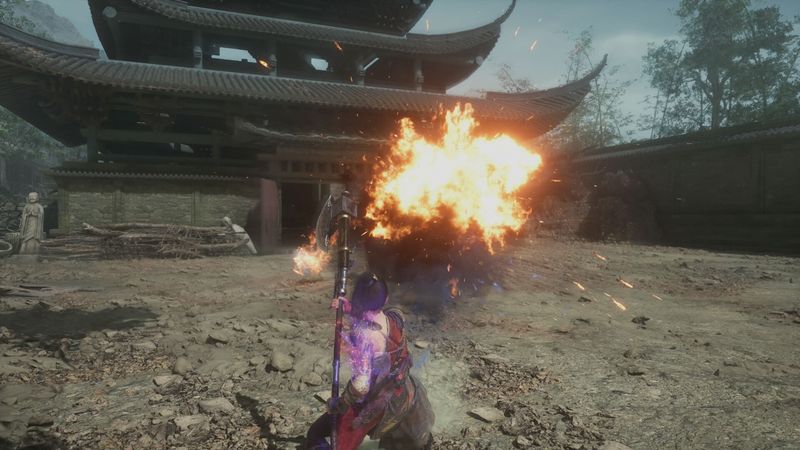
Final Thoughts
Wuchang: Fallen Feathers is a promising soulslike that shines in design and combat depth. Its world-building and musical score are top-notch, and speedrunners will relish the tight parry windows and boss patterns. However, persistent performance issues, uneven pacing, and limited post-game content keep it from reaching greatness. If Leenzee’s upcoming patches tame the technical problems, Fallen Feathers could claim a higher perch on the action-RPG ladder. For now, it remains a solid—but somewhat flawed—adventure worth exploring, especially if you’re in it for the thrill of perfect runs.
Rating: 3 out of 5 stars

